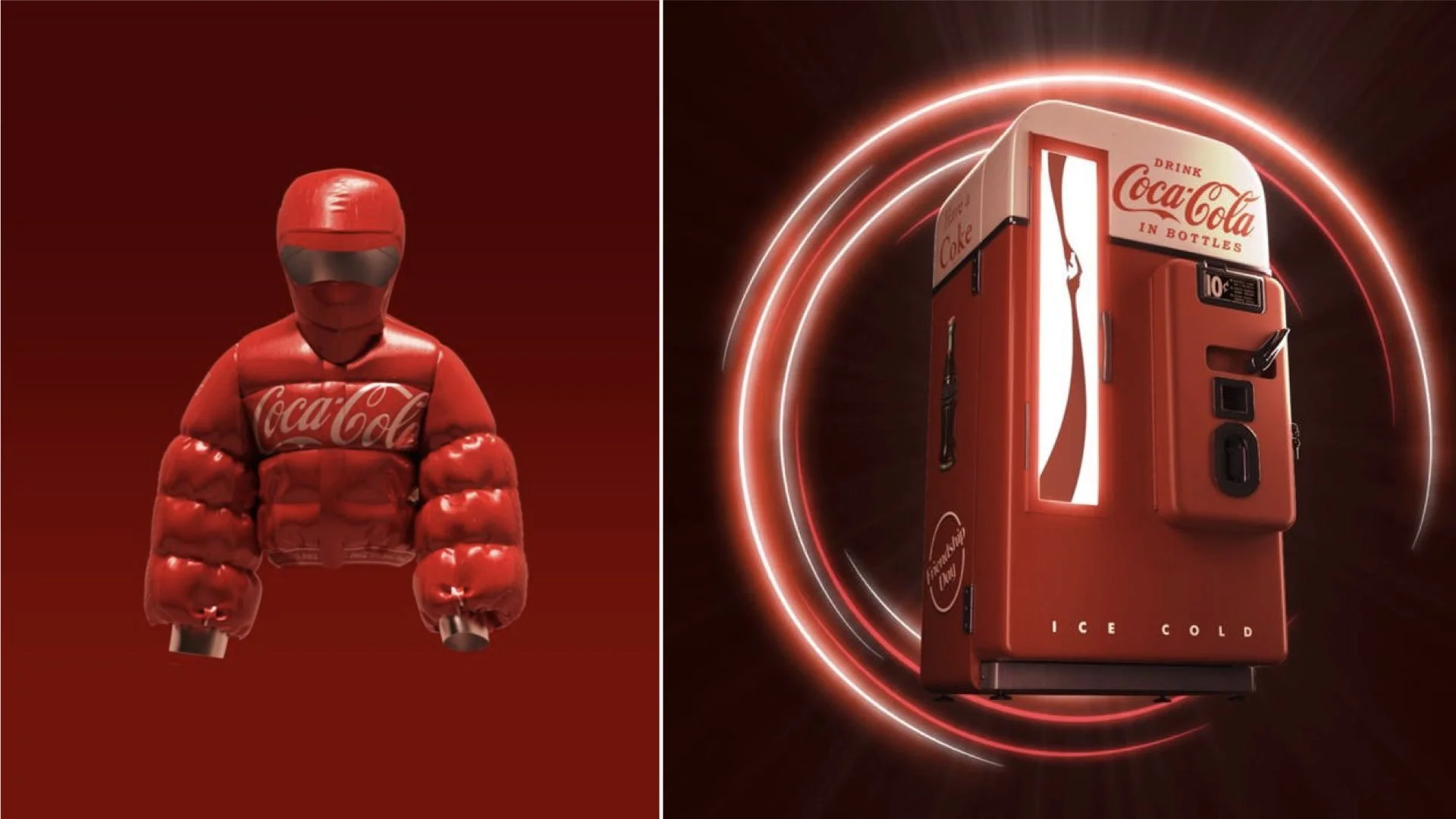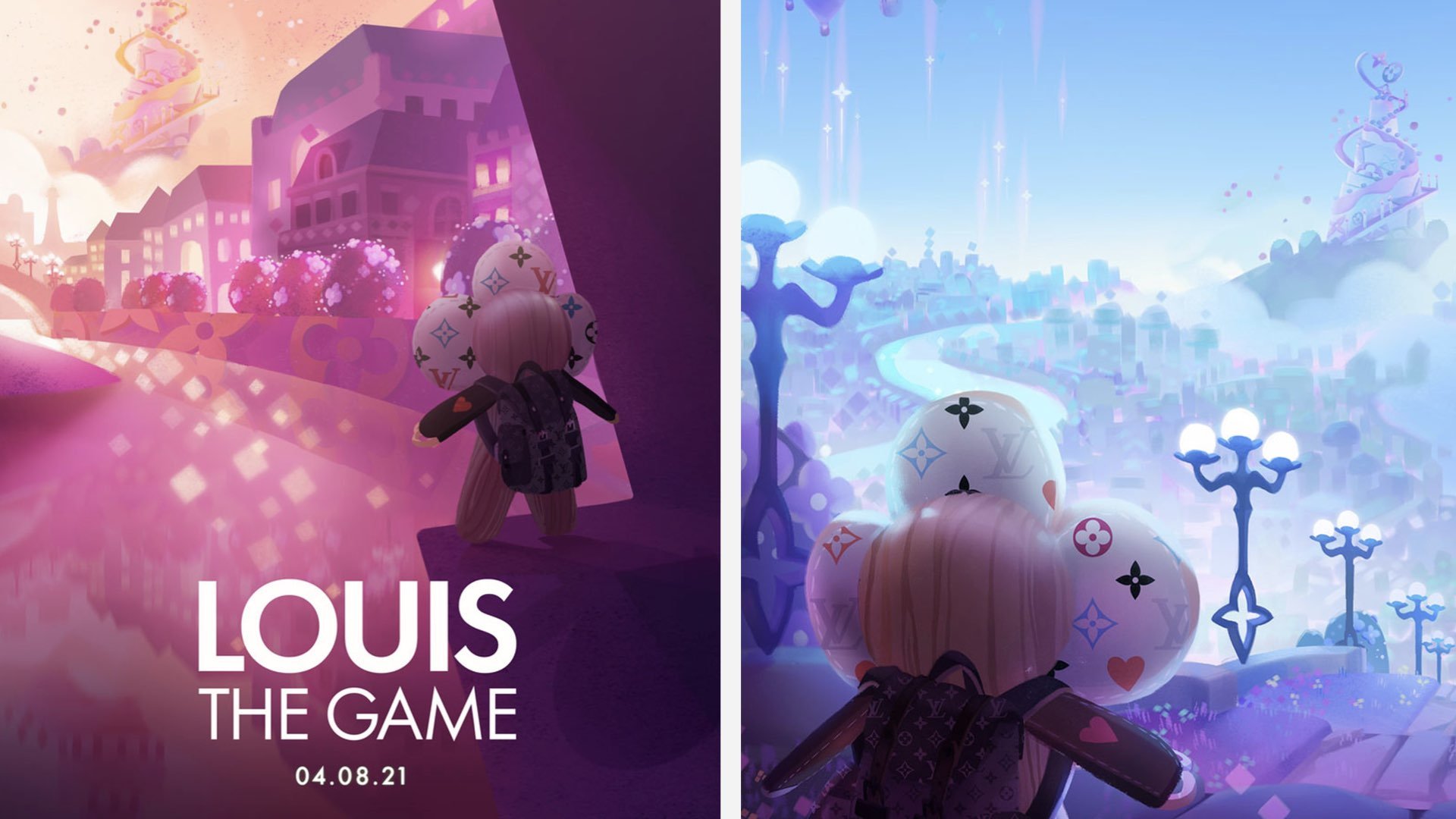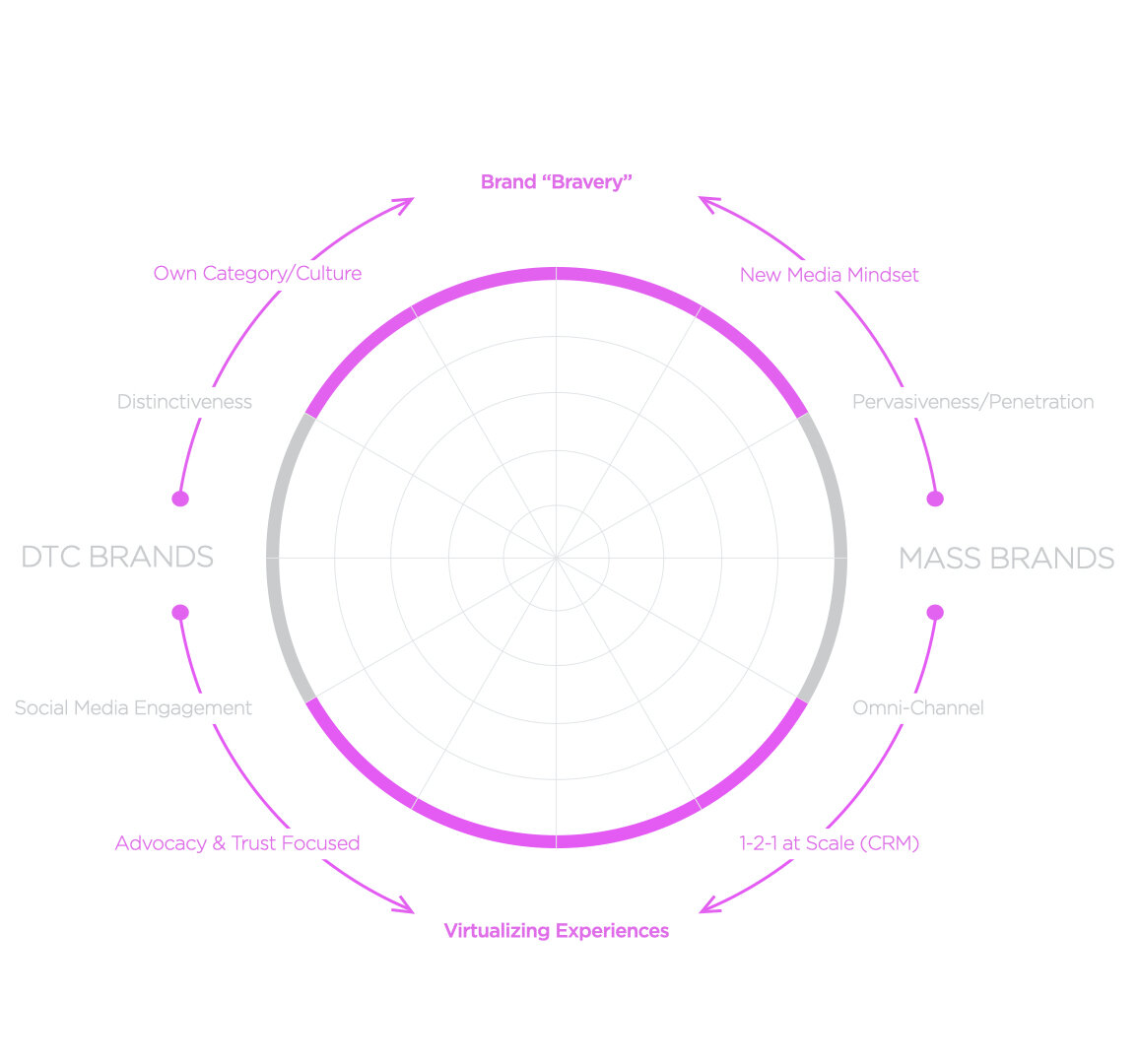THE GLOBAL VIEW ON NFTS FOR BRANDING
Back in March 2021, everyone started talking about NFTs. Global searches for “NFT” spiked, largely thanks to news like the “Nyan Cat” meme selling for USD590K, and Twitter founder Jack Dorsey selling his first tweet as an NFT for a multi-million dollar price tag. Ever since, interest from artists wanting to sell ownership of digital copy of their art through this blockchain enabled technology has sky-rocketed.
It’s still early days for NFTs and opportunities for brands are still revealing themselves. So far it has mostly been about getting in on the buzz and gaining points among Gen-Z audiences, through creating digital assets and selling them on NFT marketplaces.
From early examples, it seems that legacy brands are going to be best positioned to benefit here. Coca-Cola, for example, has jumped into the NFT game. Brands with the best stories and audience connections can thrive when opportunities like this come along. It’s a compelling new way for brands to get brave and be more distinct.
OTHER POTENTIAL USE CASES FOR NFTS
Other than creating digital collectibles, there are more potential use cases for NFTs that brands and retailers will be able take advantage of. However, most of them are still very new and need more infrastructure to become feasible options just yet. Here are a few considerations:
Selling digital goods: Selling virtual versions of a product as collectible goods or for gaming platforms. As presentation on social media is becoming a driver for many consumers, purchasing virtual clothing or makeup that you can use virtually and take a photo with is starting to gain traction. Brands like Gucci and Estee Lauder are doing interesting things with this idea. If different gaming platforms allow movement of digital items from one platform to another this could start to have more appeal to users.
Authentication and tracking of tangible goods: NFTs can be a solution to counterfeit items that many luxury brands have been trying hard to fight. Arianee, a Paris based company, is already providing this service to some luxury brands and Aura is another blockchain company that has partnered with LVMH, Prada and Cartier to build their own authentication system.
Profiting from resell: One of the key features of NFTs is that the original creator of an NFT can choose to profit from future reselling of an item. This can be another benefit of creating digital passports for tangible goods, so every time an item is resold in the future, the brand can choose to take a percentage of that profit. This might even open opportunities for new business models.
Access rights: Creating VIP experiences by giving special access rights to an event or sales of a collection.
COCA-COLA AUCTIONING SERIES OF FOUR NFTS
Coca-Cola partnered with Tafi, a startup that creates virtual content such as avatars and AR emojis, to make a pixelated version of Coke’s vintage cooler, retro vending machine, bubble jacket and the sound of a Coca-Cola bottle opening. Their auction fetched more than USD575,000. Coca-Cola has a history of selling collectible goods on their website (such as a limited edition Norman Rockwell set of four Coca-Cola prints) and this aligns well with their long-term brand strategy.
LOUIS THE GAME - LOUIS VUITTON CREATED A GAME AROUND NFTS
To celebrate their 200-year anniversary, Louis Vuitton created a game where the main character needs to collect 200 candles to commemorate the birthday of Louis Vuitton. Within the game there are 30 embedded NFTs designed by Beeple, a famous digital artist who has made a name for himself during the NFT hype. These collectibles can be found throughout the game, but can not be sold.



